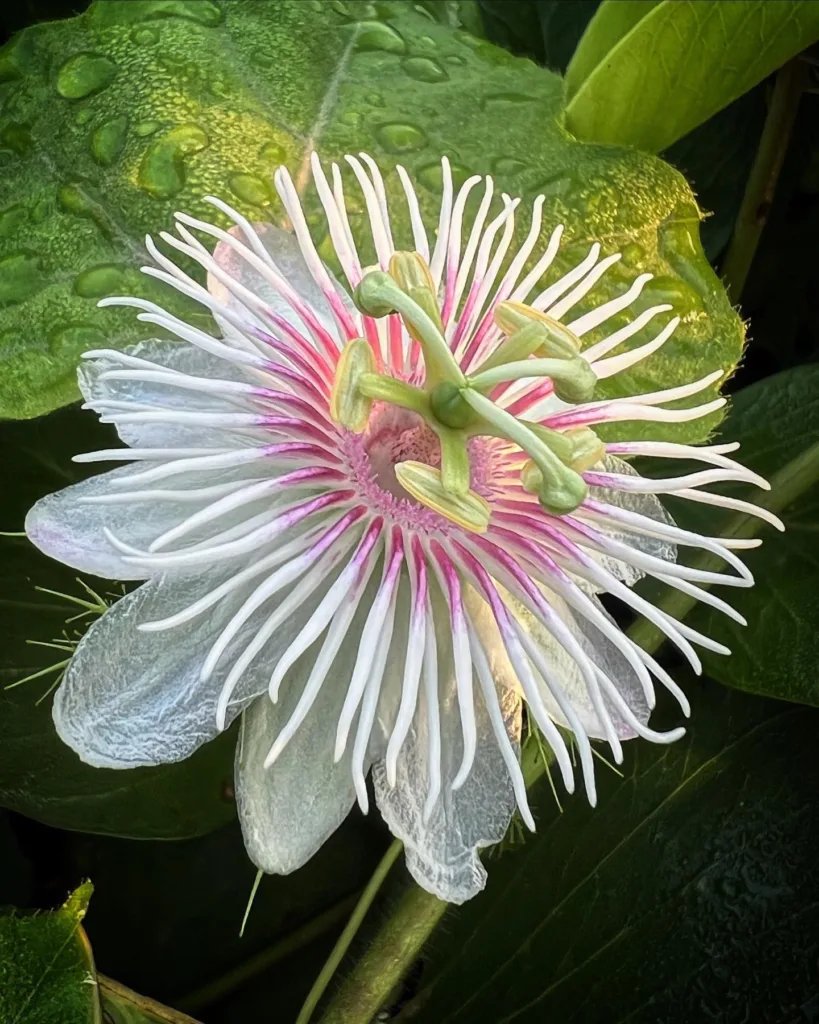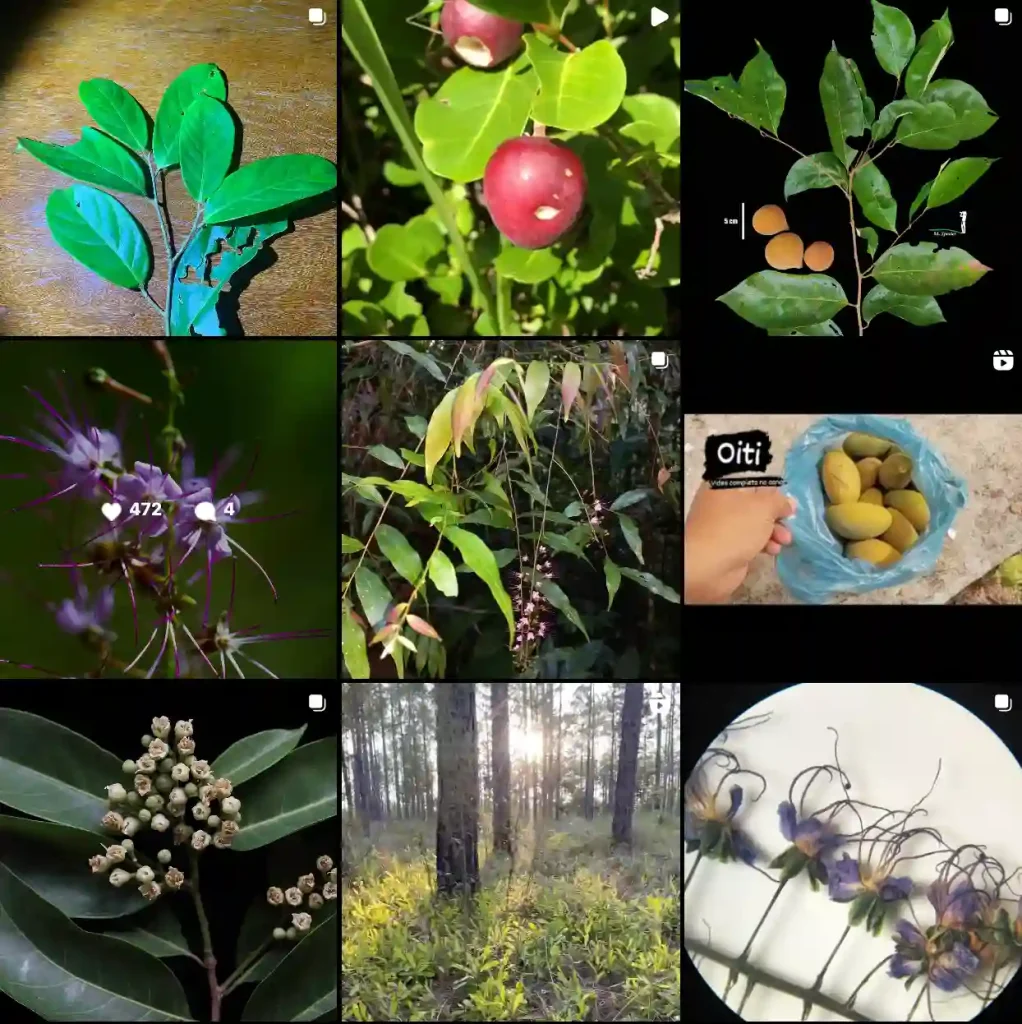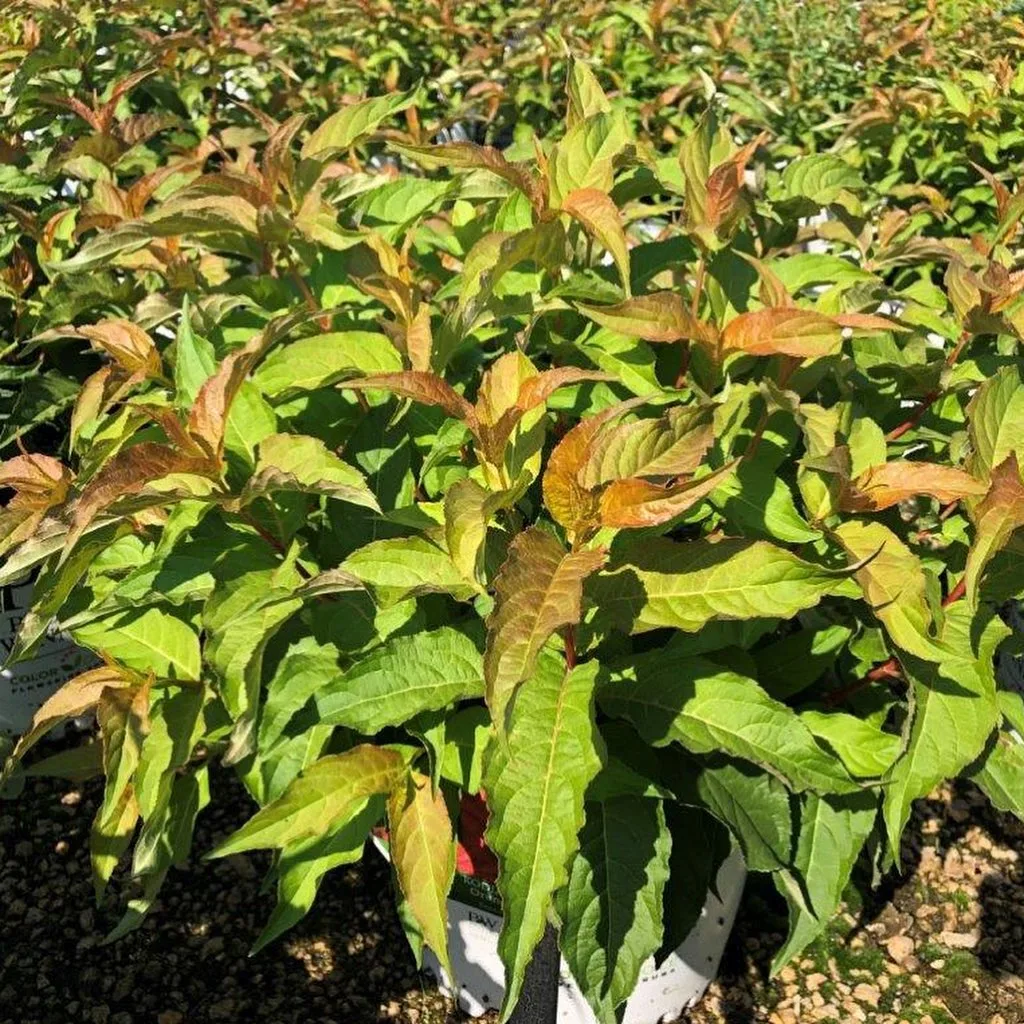Ardisia Japonica: A Groundcover Gem for Shady Spaces
I’m Ferb Vu, and I’m here to answer your questions about Ardisia japonica, a fantastic low-growing evergreen shrub prized for its vibrant red berries and shade tolerance.
737 Species in Genus Ardisia
What is Ardisia Japonica?
Ardisia japonica, also known as Japanese Ardisia or Marlberry, is a native of East Asia, specifically China, Japan, and Korea. It’s a compact shrub, typically reaching only 8-12 inches in height but spreading by underground runners to form a dense groundcover.
Key characteristics:
- Evergreen: Provides year-round foliage interest.
- Shade tolerant: Thrives in areas with dappled or filtered sunlight.
- Red berries: Produces clusters of bright red berries that persist throughout winter, adding a pop of color to the dormant landscape.
- Low-maintenance: Requires minimal care once established.
Is Ardisia Japonica Easy to Grow?
Absolutely! Ardisia japonica is a gardener’s delight. Here’s what you need to know:
- Planting: Choose a location with well-drained, moist soil and partial shade. Amend the soil with organic matter if needed to improve drainage and fertility. Space plants 18-24 inches apart.
- Watering: Water regularly, especially during the first growing season, to establish a strong root system. Once mature, Ardisia japonica is moderately drought tolerant.
- Fertilizing: A light application of balanced fertilizer in spring can promote healthy growth.
- Pruning: Minimal pruning is required. You can remove spent flowers or overgrown stems to maintain a desired shape.
How Does Ardisia Japonica Compare to Other Groundcovers?
Ardisia japonica offers several advantages over other groundcover options:
- Shade tolerance: Unlike many flowering groundcovers, Ardisia japonica thrives in shady areas where other plants might struggle.
- Low-maintenance: It requires minimal care once established, reducing your workload in the garden.
- Winter interest: The bright red berries add a burst of color during the winter months when most other plants are dormant.
Here’s a quick comparison with some popular groundcovers:
- Pachysandra: Similar shade tolerance and spreading habit, but lacks the winter interest of Ardisia japonica’s berries.
- Vinca minor: Another shade-loving option, but can become invasive in some regions.
- Ajuga reptans (Bugleweed): Offers colorful foliage but doesn’t provide the winter berry display of Ardisia japonica.
Choosing the right groundcover depends on your specific needs and preferences. Consider factors like sun exposure, desired maintenance level, and the overall aesthetic you want to achieve in your garden.
Can Ardisia Japonica Be Grown Indoors?
Yes, Ardisia japonica can be a charming addition to a container garden indoors. Here are some tips for success:
- Light: Provide bright, indirect sunlight. Avoid harsh afternoon sun that can scorch the leaves.
- Potting mix: Use a well-draining potting mix specifically formulated for indoor plants.
- Watering: Water regularly, allowing the top inch of soil to dry before watering again. Avoid overwatering, which can lead to root rot.
- Humidity: Ardisia japonica prefers moderate humidity. You can increase humidity around the plant by grouping it with other plants or using a humidifier.
With proper care, Ardisia japonica can thrive indoors and provide you with year-round enjoyment of its glossy foliage and festive red berries.
Where Can I Buy Ardisia Japonica?
Ardisia japonica is readily available at many nurseries and garden centers. You may also find it online from reputable plant retailers. Look for healthy plants with vibrant green foliage and no signs of pests or diseases.
Does Ardisia Japonica Have Any Pests or Diseases?
Thankfully, Ardisia japonica is generally resistant to most pests and diseases. However, there are a few potential issues to watch for:
- Scale: These tiny insects can suck the sap from leaves, causing them to yellow and drop. If you notice scale on your plant, treat it with insecticidal soap or neem oil.
- Mealybugs: These soft-bodied insects appear as cottony white masses on stems and leaves. Treat them similarly to scale with insecticidal soap or neem oil.
- Fungal diseases: Overwatering can lead to fungal diseases like root rot. Ensure proper drainage and avoid soggy soil.
Early detection and treatment are key to managing any pest or disease problems with Ardisia japonica.
Are the Berries of Ardisia Japonica Edible?
While the bright red berries of Ardisia japonica are visually appealing, they are not considered edible for humans. They may cause mild stomach upset if ingested. However, they are a welcome food source for birds during the winter months.
How Fast Does Ardisia Japonica Grow?
Ardisia japonica is a slow to moderate grower. It typically won’t reach its full size for several years. However, its slow growth habit makes it a low-maintenance choice for gardeners.
Can Ardisia Japonica Be Propagated?
Yes, Ardisia japonica can be propagated through stem cuttings. Here’s a simple method:
- Take stem cuttings in late spring or early summer. Choose healthy, non-flowering stems with a few nodes.
- Remove the lower leaves and dip the cut end in rooting hormone (optional).
- Plant the cuttings in a pot filled with a well-draining potting mix.
- Water the cuttings and keep them in a warm, humid location with indirect sunlight.
- Once roots develop, transplant the cuttings into individual pots or your desired location in the garden.
Propagation allows you to create new Ardisia japonica plants to expand your garden or share with friends.
What are the Different Varieties of Ardisia Japonica?
While Ardisia japonica is the most common species, there are a few interesting cultivars to consider:
- Ardisia japonica ‘Crispa’: Features crinkled or wavy leaf margins.
- Ardisia japonica ‘Variegata’: Offers green leaves with creamy white edges, adding a touch of variegation to the foliage.
- Ardisia japonica ‘Ito Fukurin’: Similar to ‘Variegata’ but with a more subtle variegation of green leaves edged in a thin cream line.
These varieties offer slight variations in foliage and can add a unique touch to your garden design.
With its easy-going nature, beautiful berries, and shade tolerance, Ardisia japonica is a versatile groundcover that can add beauty and texture to any garden. I encourage you to give this little gem a try!
If i die, water my plants!



